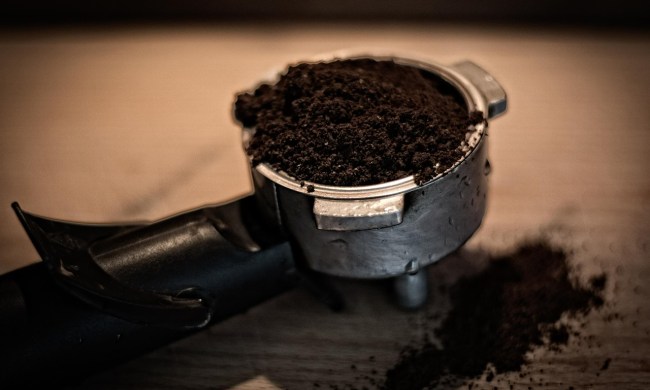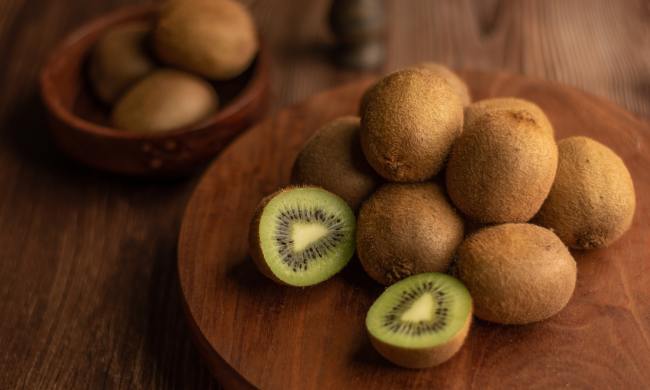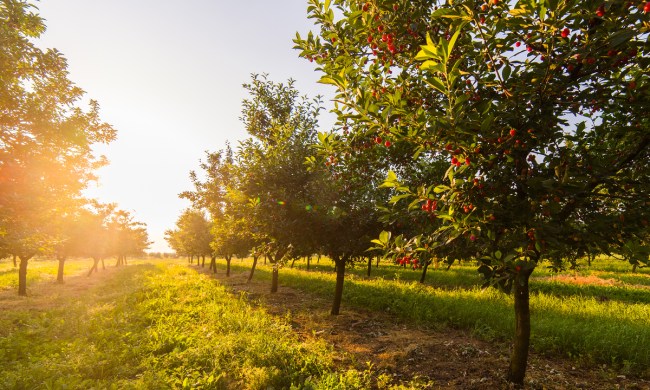There are many fruit trees you can grow at home, but what if you’re bored of the typical fruit trees? If you’re looking for something new and exciting, then look no further than the strawberry tree. Wondering what a strawberry tree is and how to grow your own? This is the care guide for you.
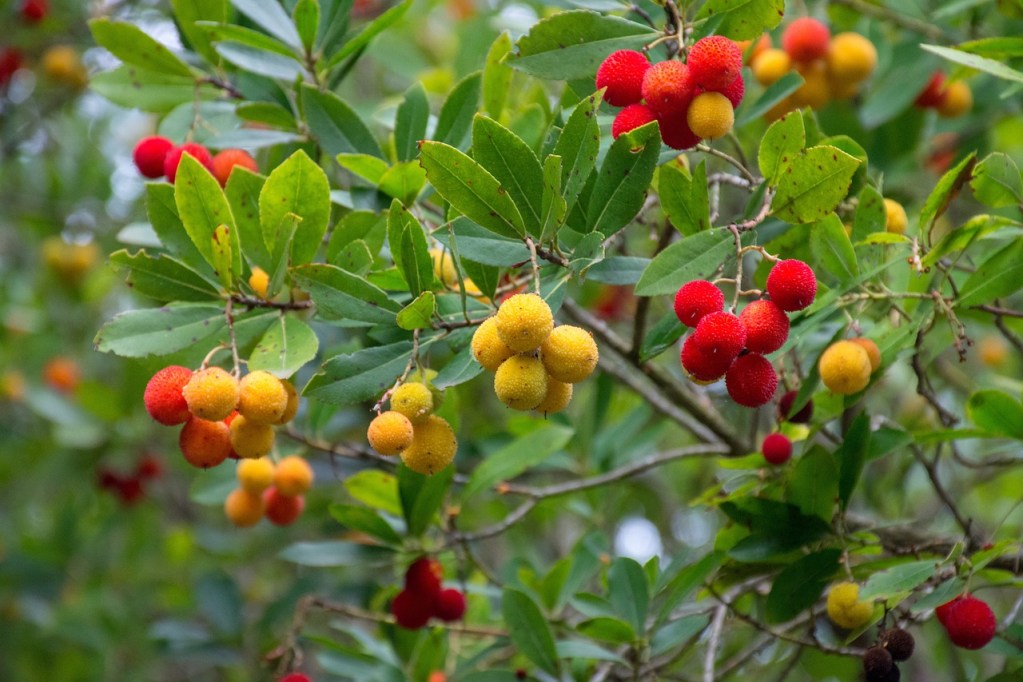
What is a strawberry tree?
Strawberry trees are fruit-bearing shrubs from the Mediterranean. The name comes from the round, red fruit that they produce, which somewhat resembles strawberries. The fruit is roughly the size of cherries and tastes like a combination of mangos and peaches. Many people find the texture of the fruit, which is covered in small bumps, unpleasant, so most individuals won't eat it raw. However, you can puree them, make them into jams, and bake them into pies.
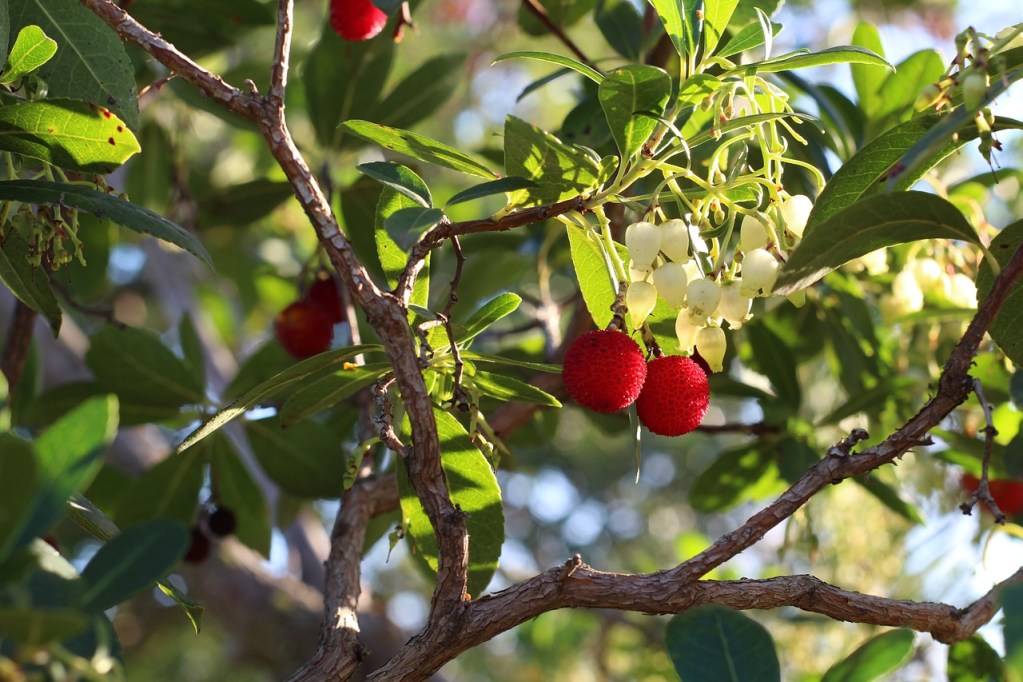
How to plant a strawberry tree
Follow these steps to plant your strawberry tree:
Step 1: Plant it in moist, well-draining soil.
Step 2: Choose a location with full sun to light shade.
Step 3: Grow it in a container if you’re north of zone 8.
These trees don't tolerate cold well, so you'll need to bring yours indoors or move it to a greenhouse during winter in zones north of zone 8.
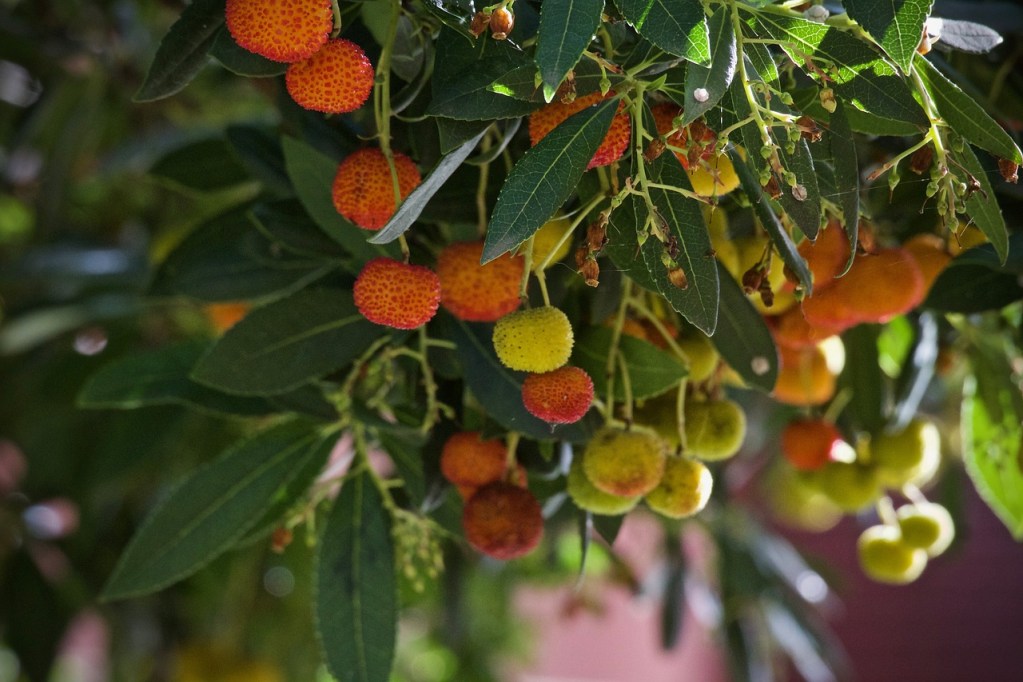
Caring for a strawberry tree
After planting the tree, follow these steps to care for your strawberry tree:
Step 1: Prune your tree in spring.
Step 2: Water your tree regularly for the first few years.
Once they’re established, strawberry trees can tolerate occasional droughts, but they need consistent water to thrive.
Step 3: Watch for signs of leaf-eating pests and root rot.
Most leaf-eating pests can be treated with neem oil or insecticidal soap. Root rot can be prevented by letting the soil dry thoroughly before watering it. If you see signs of root rot in a potted strawberry tree, you can treat it by repotting it in fresh, dry soil.
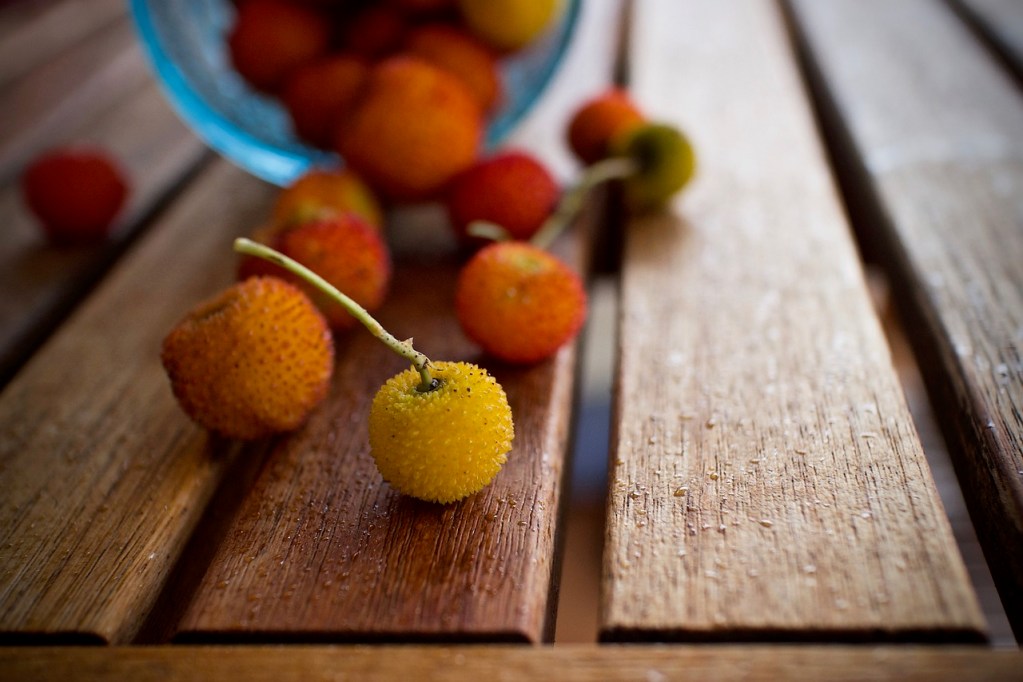
How and when to harvest
After about two years of consistent care, your strawberry tree will start producing fruit. Here’s how and when to harvest it:
Step 1: Harvest fruit that is bright red and soft.
Late fall and early winter are the most common harvest times, but you may see a few pieces ripen before then. Although some fruits will continue to ripen after being harvested, strawberry tree fruit will not.
Step 2: Store excess fruit quickly after harvesting in airtight containers in the refrigerator.
Due to their soft texture, strawberry tree fruit is easily damaged, which makes it vulnerable to pests or spoiling.
Step 3: Dry the fruit or cook it into a jam for long-term storage.
If you want a unique fruit tree, a strawberry tree might be a great fit for your garden. These fruit trees don’t require a lot of maintenance as long as you can keep yours warm and consistently watered. The flowers are beautiful and the fruit is mild, sweet, and a little tart. Get started growing yours today, and you might just discover that it’s your new favorite fruit!


